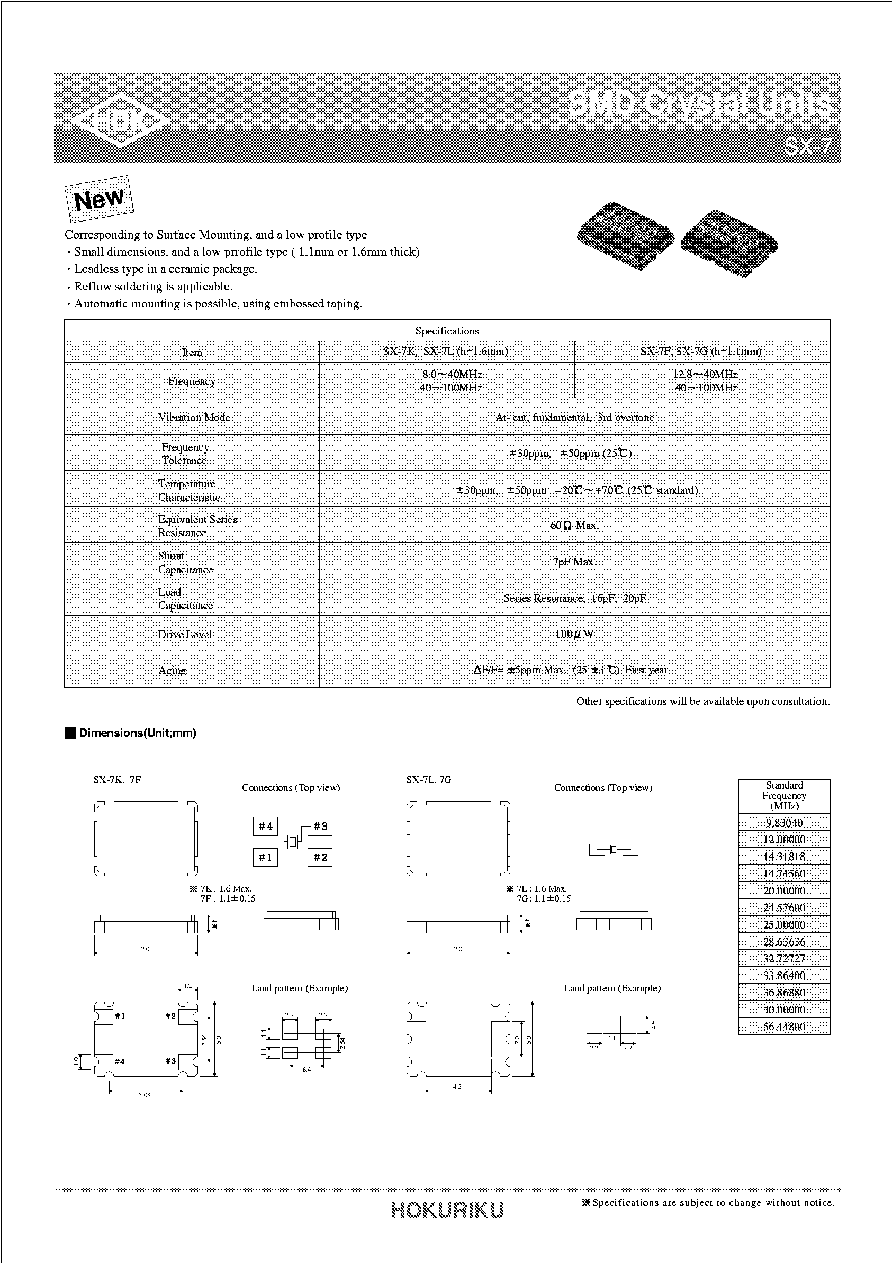- 您現(xiàn)在的位置:買賣IC網(wǎng) > PDF目錄195991 > SX-7G-56.44800MHZ-STBY1-TOL2-CL2 (HOKURIKU ELECTRIC INDUSTRY CO LTD) QUARTZ CRYSTAL RESONATOR, 56.448 MHz PDF資料下載
參數(shù)資料
| 型號: | SX-7G-56.44800MHZ-STBY1-TOL2-CL2 |
| 廠商: | HOKURIKU ELECTRIC INDUSTRY CO LTD |
| 元件分類: | 晶體 |
| 英文描述: | QUARTZ CRYSTAL RESONATOR, 56.448 MHz |
| 文件頁數(shù): | 1/1頁 |
| 文件大小: | 0K |
| 代理商: | SX-7G-56.44800MHZ-STBY1-TOL2-CL2 |

相關(guān)PDF資料 |
PDF描述 |
|---|---|
| SX-7G-9.83040MHZ-3OT-STBY1-TOL2-CL2 | QUARTZ CRYSTAL RESONATOR, 9.8304 MHz |
| SX-7G-33.86400MHZ-3OT-STBY1-TOL1-CL2 | QUARTZ CRYSTAL RESONATOR, 33.864 MHz |
| SX-7G-36.86880MHZ-STBY1-TOL1-SR | QUARTZ CRYSTAL RESONATOR, 36.8688 MHz |
| SX-7G-36.86880MHZ-STBY1-TOL2-SR | QUARTZ CRYSTAL RESONATOR, 36.8688 MHz |
| SX-7G-40.00000MHZ-3OT-STBY1-TOL1-SR | QUARTZ CRYSTAL RESONATOR, 40 MHz |
相關(guān)代理商/技術(shù)參數(shù) |
參數(shù)描述 |
|---|---|
| SX7R1R5C006B0 | 制造商:SHARMA 制造商全稱:Sharma Electro Components,Inc 功能描述:Sharma Ceramic Capacitors |
| SX7R1R5C006B1 | 制造商:SHARMA 制造商全稱:Sharma Electro Components,Inc 功能描述:Sharma Ceramic Capacitors |
| SX7R1R5C006B2 | 制造商:SHARMA 制造商全稱:Sharma Electro Components,Inc 功能描述:Sharma Ceramic Capacitors |
| SX7R1R5C006T0 | 制造商:SHARMA 制造商全稱:Sharma Electro Components,Inc 功能描述:Sharma Ceramic Capacitors |
| SX7R1R5C006T1 | 制造商:SHARMA 制造商全稱:Sharma Electro Components,Inc 功能描述:Sharma Ceramic Capacitors |
發(fā)布緊急采購,3分鐘左右您將得到回復。